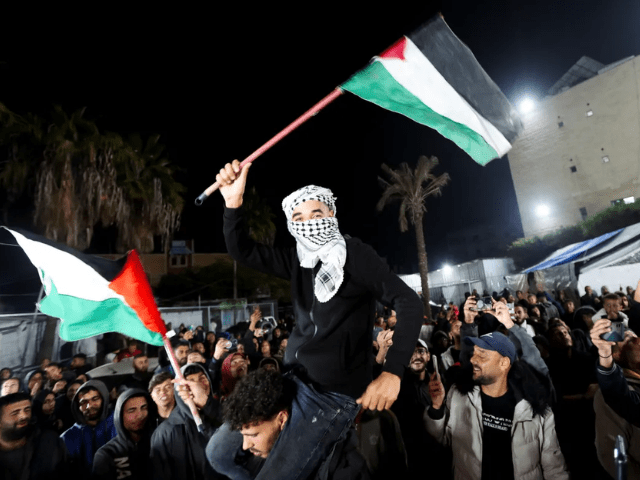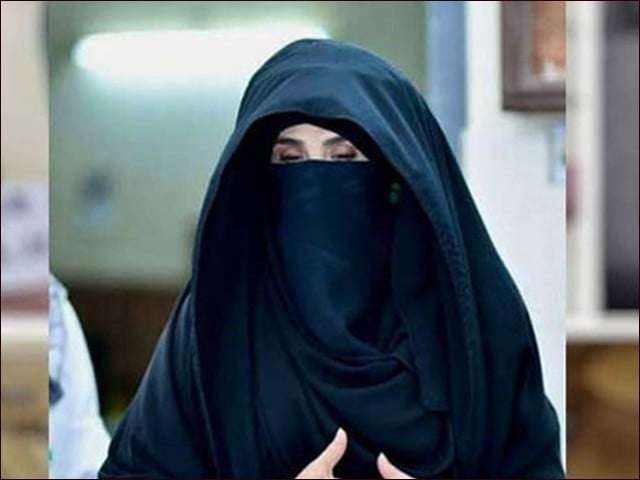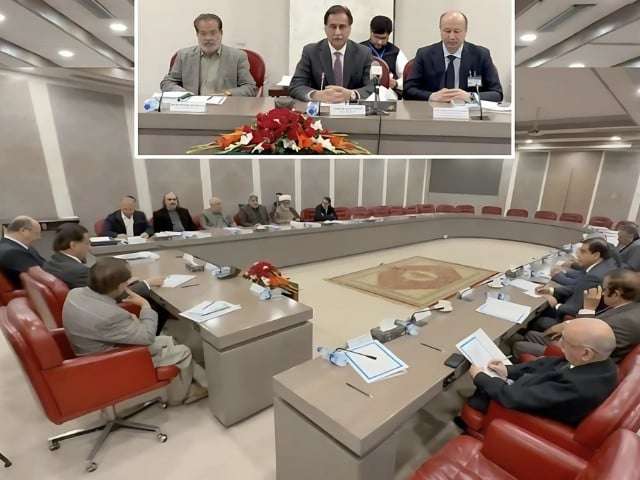Gaza Ceasefire Implemented After Hostage List from Hamas
A ceasefire agreement between Israel and Hamas has officially come into effect, following a delay of several hours. The delay occurred amidst a series of Israeli airstrikes that resulted in the deaths of at least 19 Palestinians. The implementation of the ceasefire was triggered once Israel confirmed it had received the list of hostages to be released under the terms of the deal, marking the first phase of the long-awaited truce.
Ceasefire Agreement Delayed Due to Hostage List
Israel’s Confirmation and the Hostage Exchange
The Israeli Prime Minister’s Office issued a statement confirming that the country had received the names of three captives set to be freed by Hamas as part of the ceasefire deal. These three individuals are Israeli civilians, not soldiers, and their release is part of the broader agreement that is designed to bring an end to hostilities for a defined period.
Hamas, through a spokesperson on Telegram, named the three captives: Romi Gonen, 24, Emily Damari, 28, and Doron Shtanbar Khair, 31. The delay in the ceasefire’s activation stemmed from Hamas not providing this list on time, as initially agreed. According to reports, Qatar, which has been mediating the exchange process, facilitated the handover of the names to Israel.
Details of the Ceasefire Agreement
The ceasefire comes after days of intense deliberations, both behind the scenes and in public. Under the terms of the agreement, Hamas has committed to releasing 33 hostages during the first phase, with Israel set to release hundreds of Palestinian prisoners in exchange. The truce is meant to last for 42 days, during which humanitarian aid will be allowed to flow into Gaza, and Israel will withdraw into a designated buffer zone to allow some displaced Palestinians to return to their homes.
This truce represents only the second pause in the ongoing conflict, with the first taking place months ago under similar circumstances. Following the implementation of the first phase, negotiations for a permanent ceasefire are expected to begin in two weeks.
Political and Military Implications of the Ceasefire
Netanyahu’s Condition for the Truce
The delay in the ceasefire was partly driven by Israeli Prime Minister Benjamin Netanyahu’s directive to delay the truce until Hamas provided the list of hostages to be released. His office confirmed that the ceasefire would not commence until Israel had the required names in hand. Netanyahu, during a briefing, further stated that Israel retained the right to resume military operations should the second phase of the ceasefire fail.
Israeli military spokesperson Daniel Hagari reinforced this, reiterating that the truce would only begin once Hamas had submitted the names of the hostages set to be released. The country’s decision to hold off on the ceasefire, despite ongoing violence, was part of Israel’s larger strategy to ensure compliance with the terms of the agreement.
The Role of the United States in Negotiations
Both U.S. President Joe Biden and President-elect Donald Trump expressed support for the ceasefire agreement. The Biden administration, in particular, has urged both sides to finalize the deal ahead of the transition of power in Washington, D.C., scheduled for the following Monday. This external pressure from the U.S. is a reflection of the broader geopolitical stakes involved in the Israel-Hamas conflict, especially with the transition of power in Washington.
The Humanitarian Aspect: A Pause in the Conflict
Humanitarian Aid and Access to Gaza
A critical element of the ceasefire agreement is the provision of humanitarian aid to Gaza. Under the truce, humanitarian organizations will be able to distribute much-needed supplies, including food, medical resources, and other essential goods to the population in Gaza. The ceasefire also allows displaced Palestinians to return to their homes, but the situation remains precarious as the international community looks for ways to maintain the peace.
However, the humanitarian impact of the conflict is still a significant concern. The region has been heavily affected by airstrikes and blockades, leaving many civilians without basic necessities. The ceasefire represents a fragile opportunity to provide some relief, but whether it will lead to lasting peace remains uncertain.
Challenges to Sustaining the Ceasefire
While the truce has been hailed as a step in the right direction, significant challenges remain. One of the key unresolved issues is the fate of the nearly 100 other captives still held in Gaza. There are concerns about the possibility of hostilities resuming once the six-week truce period ends, especially with ongoing tensions surrounding the larger political context.
The Fate of the Captives
The release of the three captives is only the beginning of a more complex process. Hamas and Israel are likely to continue negotiating the release of additional prisoners, but these talks could be more contentious as both sides seek to secure their interests.
How the Situation Could Evolve
The eventual success of the ceasefire will depend on multiple factors, including the cooperation of both Hamas and Israel, as well as the role of international mediators such as Qatar. While the immediate threat of further violence has been temporarily averted, there is still much uncertainty about whether the underlying issues will be resolved through diplomatic means.
FAQs: Understanding the Gaza Ceasefire and Hostage Release
1. Why was there a delay in the ceasefire agreement?
The delay in the ceasefire occurred due to Hamas’s failure to immediately provide a list of hostages who were to be released as part of the agreement. The ceasefire only began after Israel received the names of the three captives to be freed.
2. Who are the three hostages being released?
The three hostages named for release are Romi Gonen, 24, Emily Damari, 28, and Doron Shtanbar Khair, 31. These individuals are believed to be Israeli civilians.
3. What are the terms of the ceasefire agreement?
Under the ceasefire agreement, Hamas will release 33 hostages, and Israel will free hundreds of Palestinian prisoners. Humanitarian aid will be allowed into Gaza, and Israel will withdraw into a designated buffer zone. The ceasefire will last for 42 days, after which further negotiations will take place.
4. How is the U.S. involved in the ceasefire negotiations?
Both President Joe Biden and President-elect Donald Trump urged both Israel and Hamas to finalize the deal ahead of the U.S. presidential inauguration, emphasizing the global significance of the agreement.
5. What happens next after the ceasefire ends?
After the 42-day ceasefire, negotiations for a permanent ceasefire are expected to begin. However, the fate of nearly 100 other captives and the resumption of hostilities remain unresolved.



